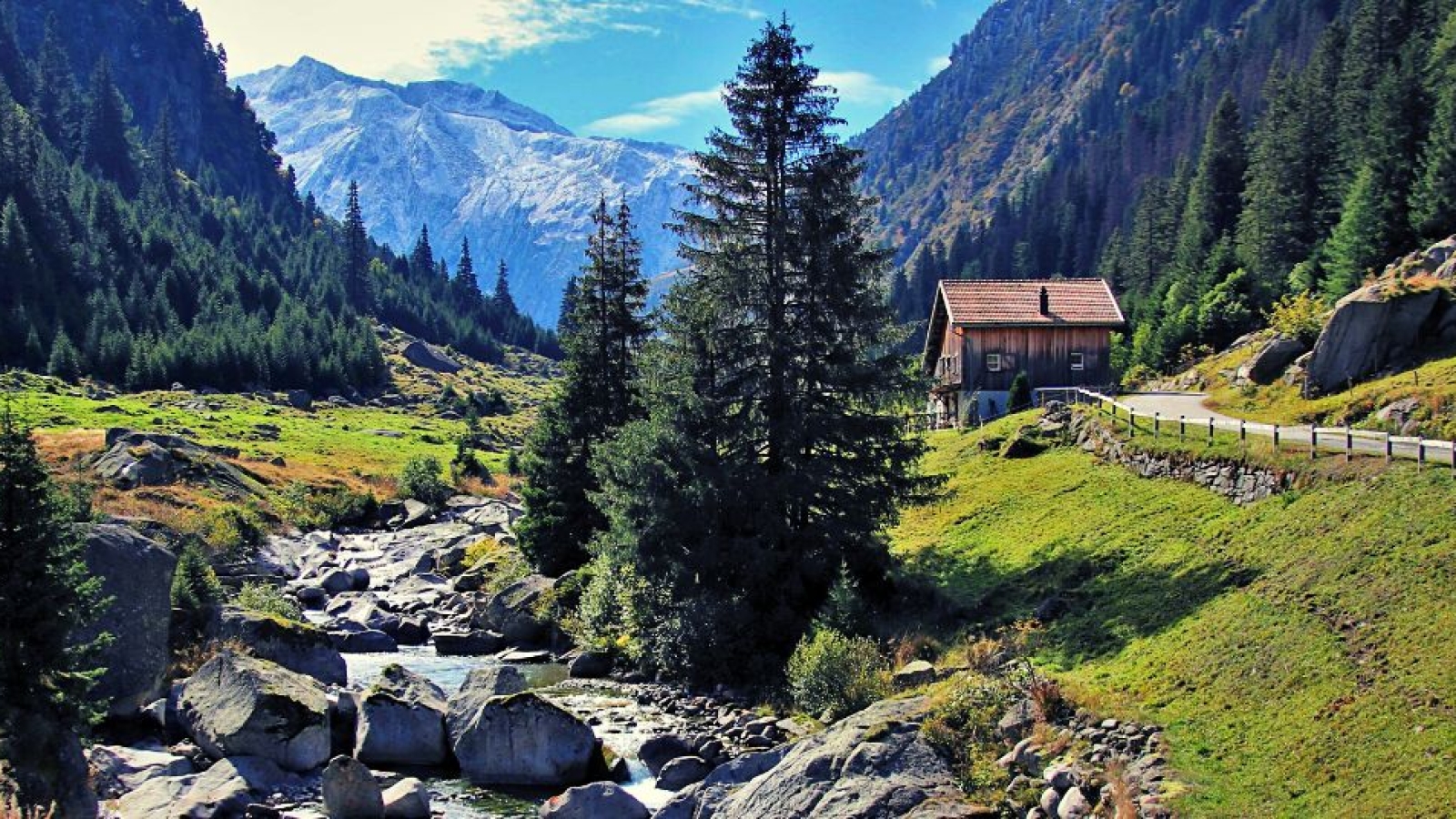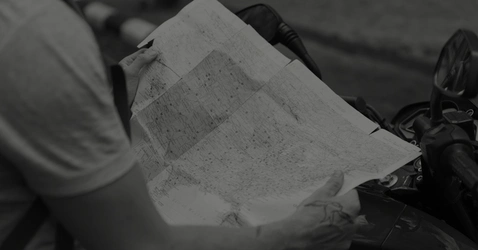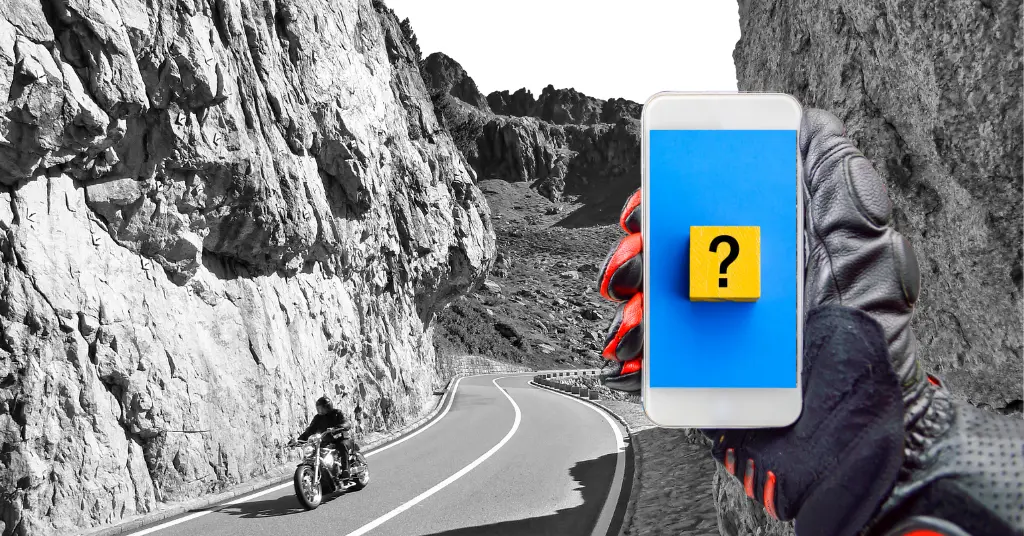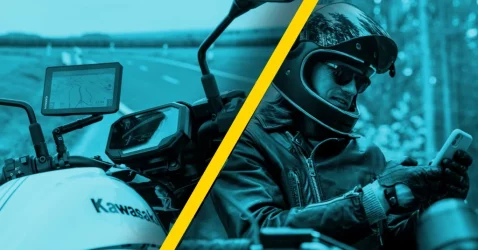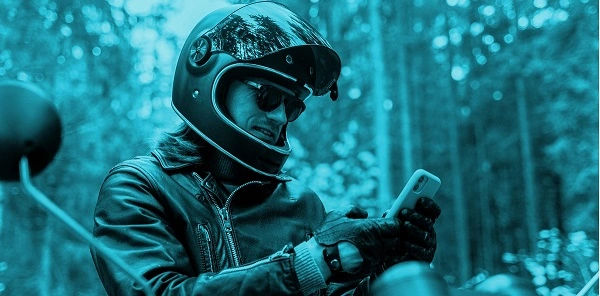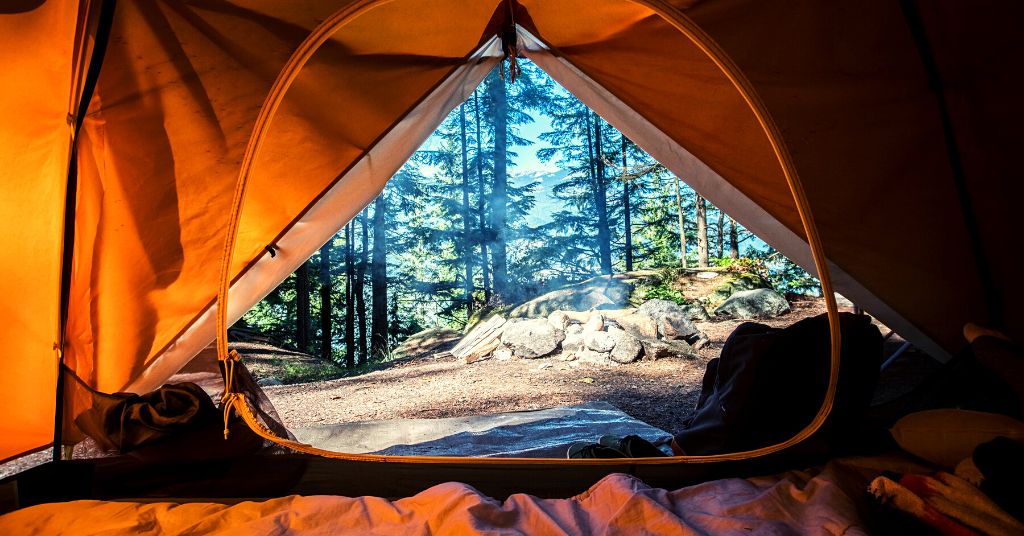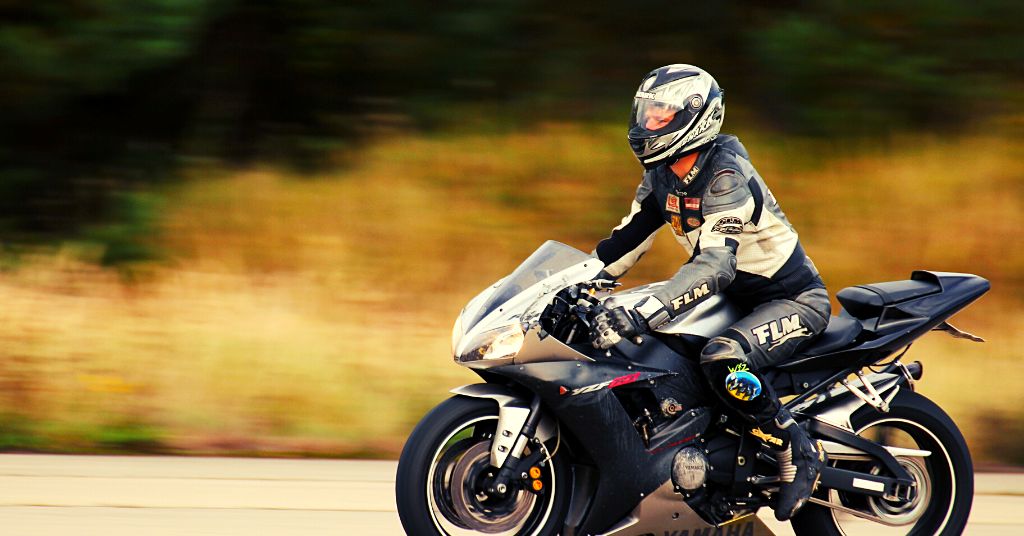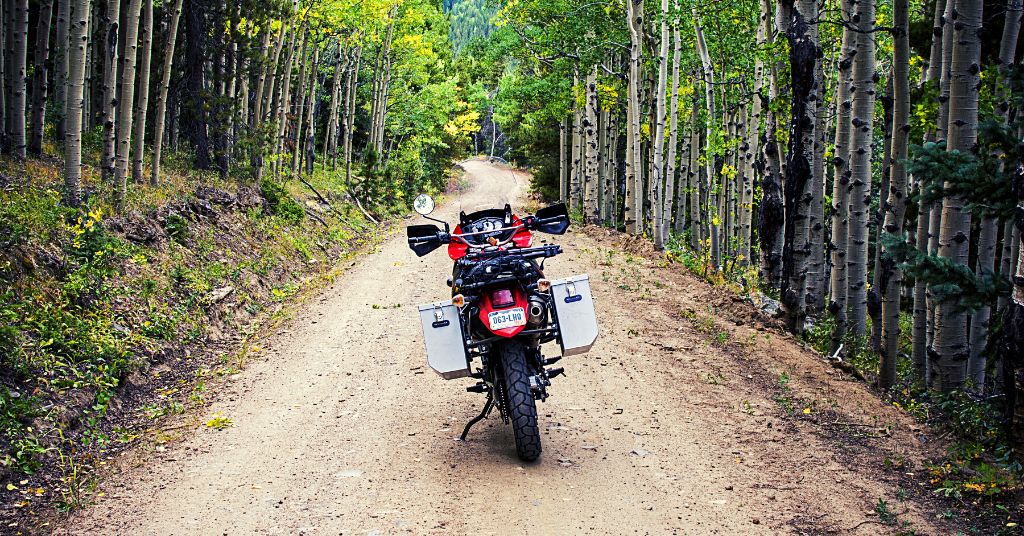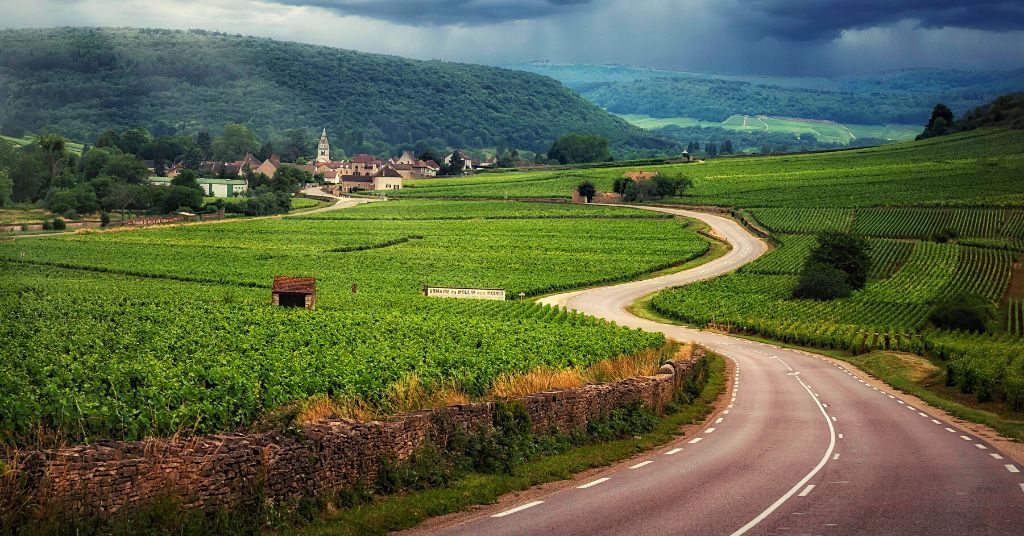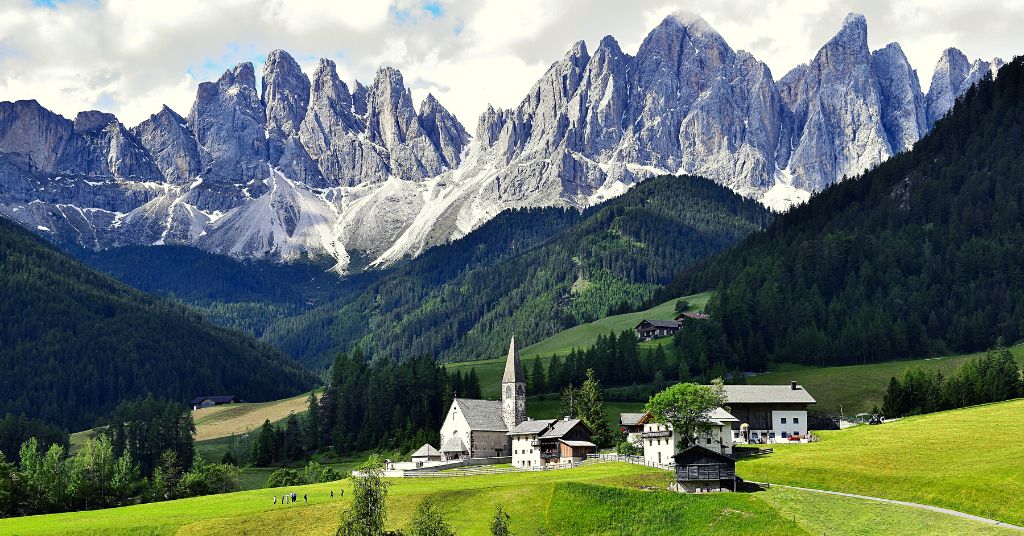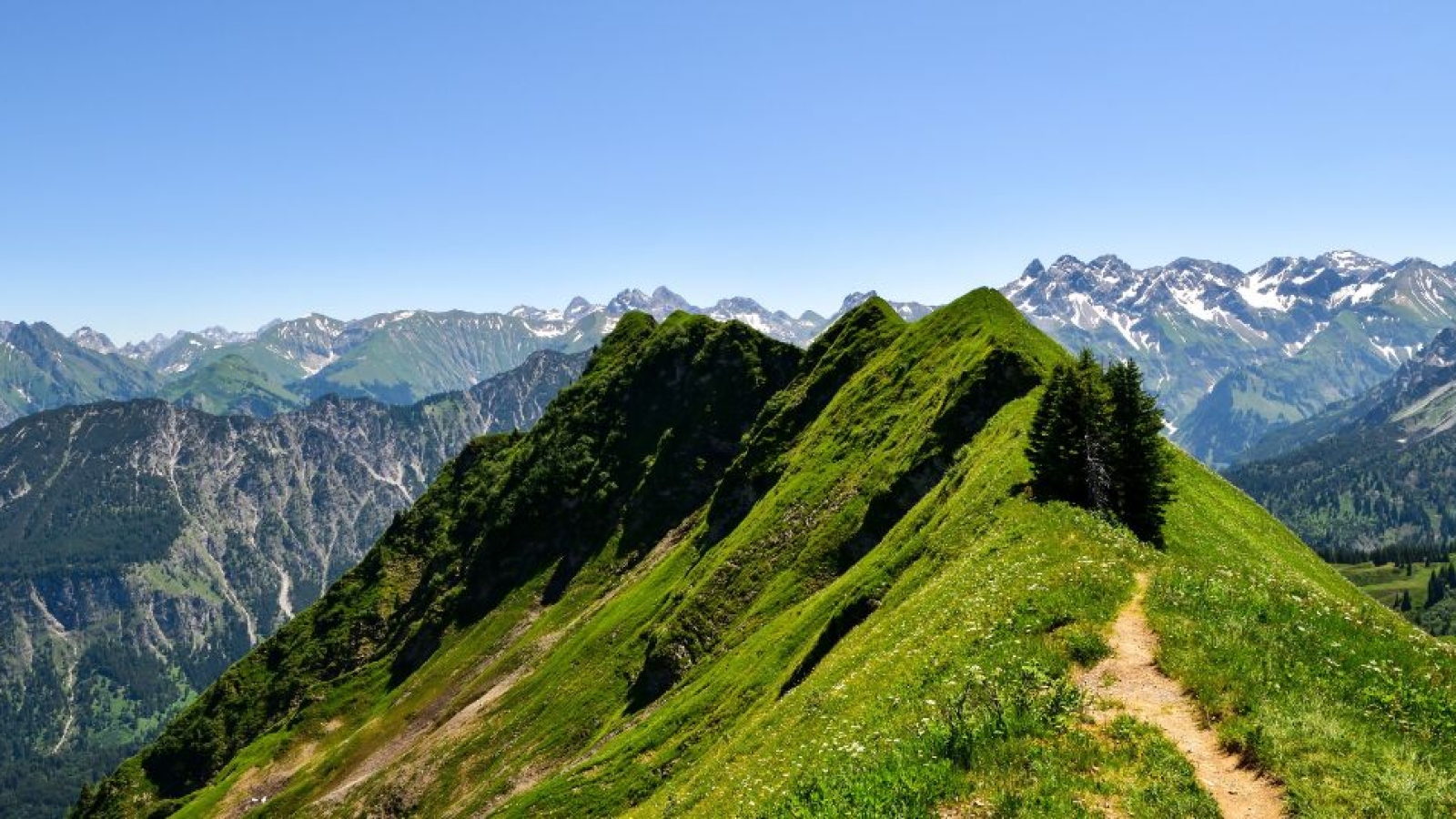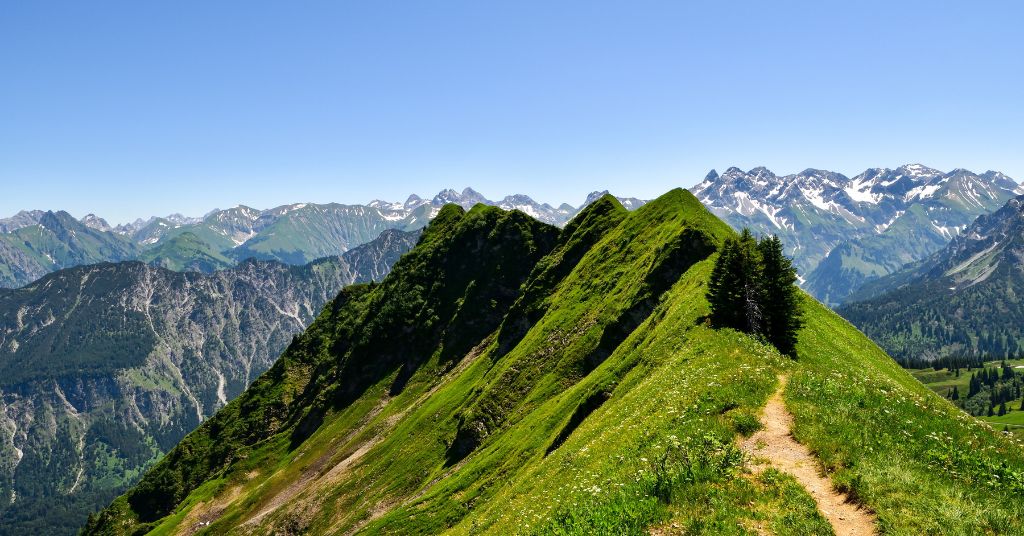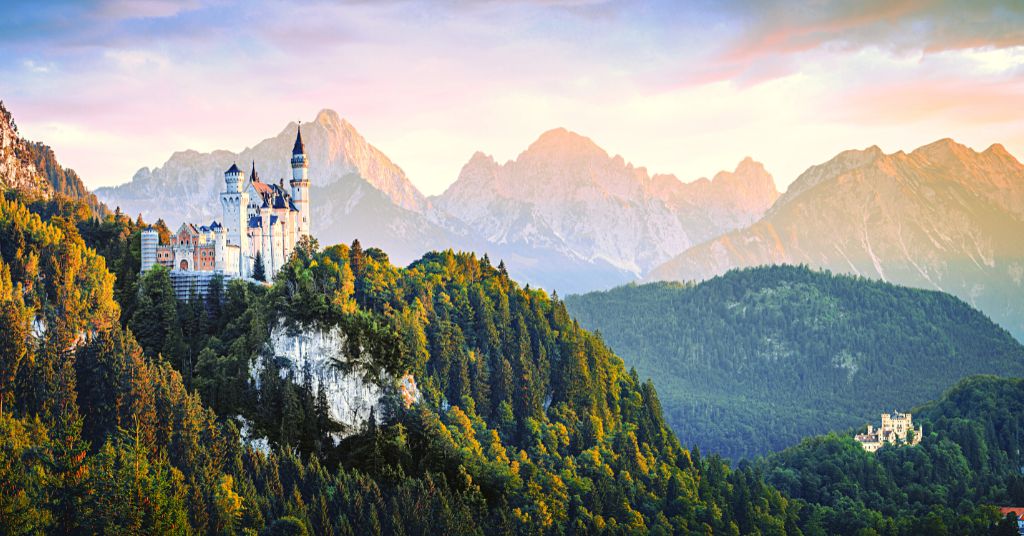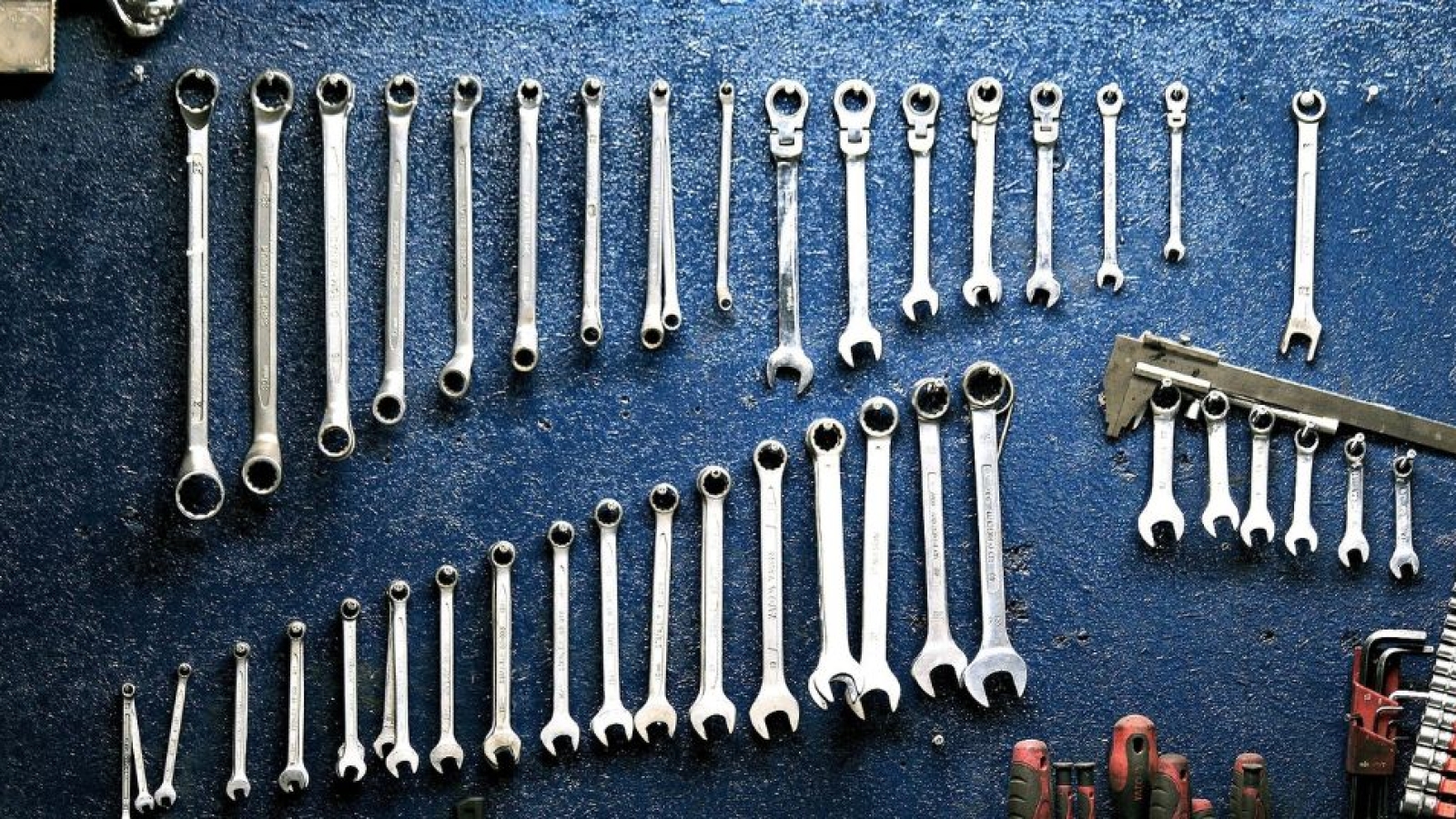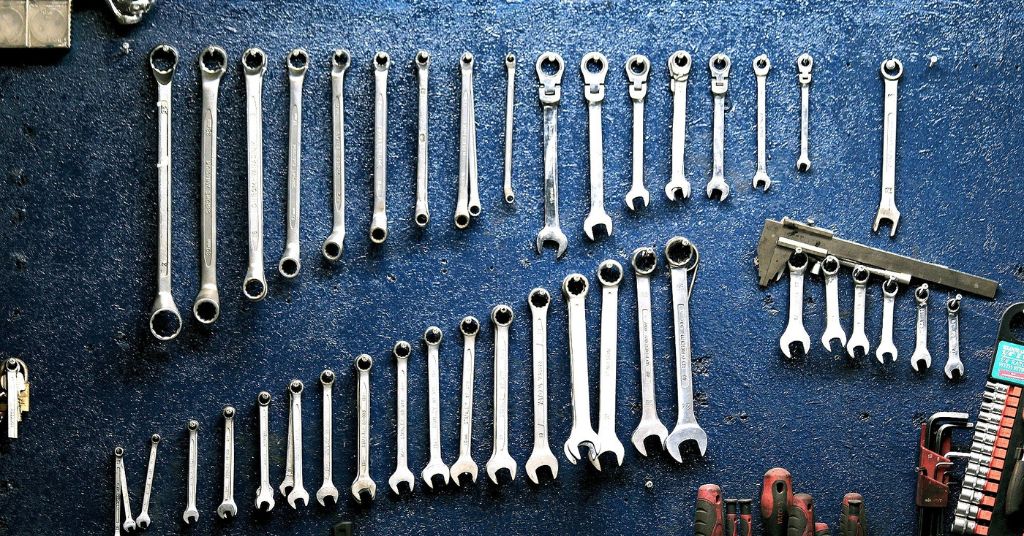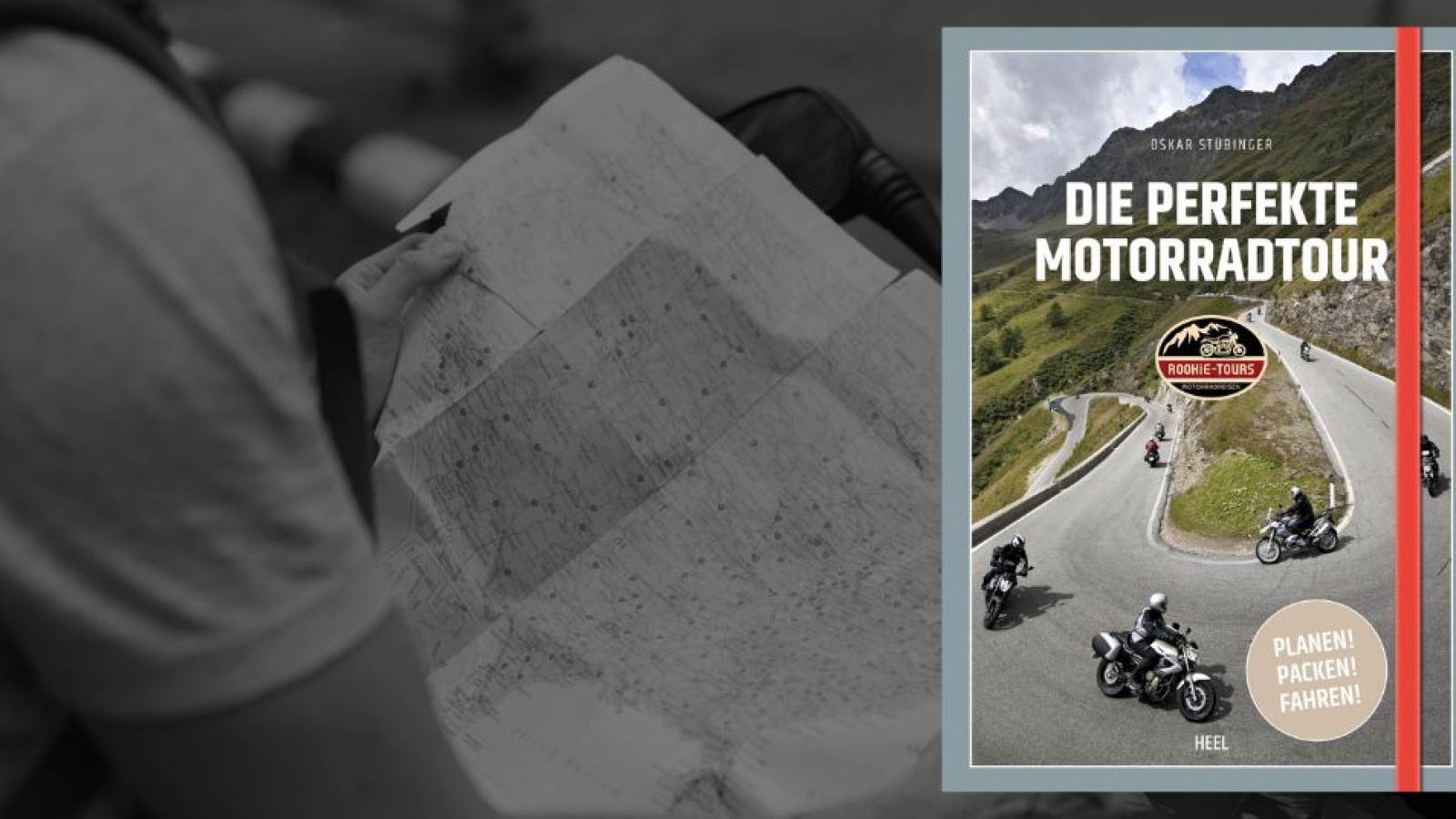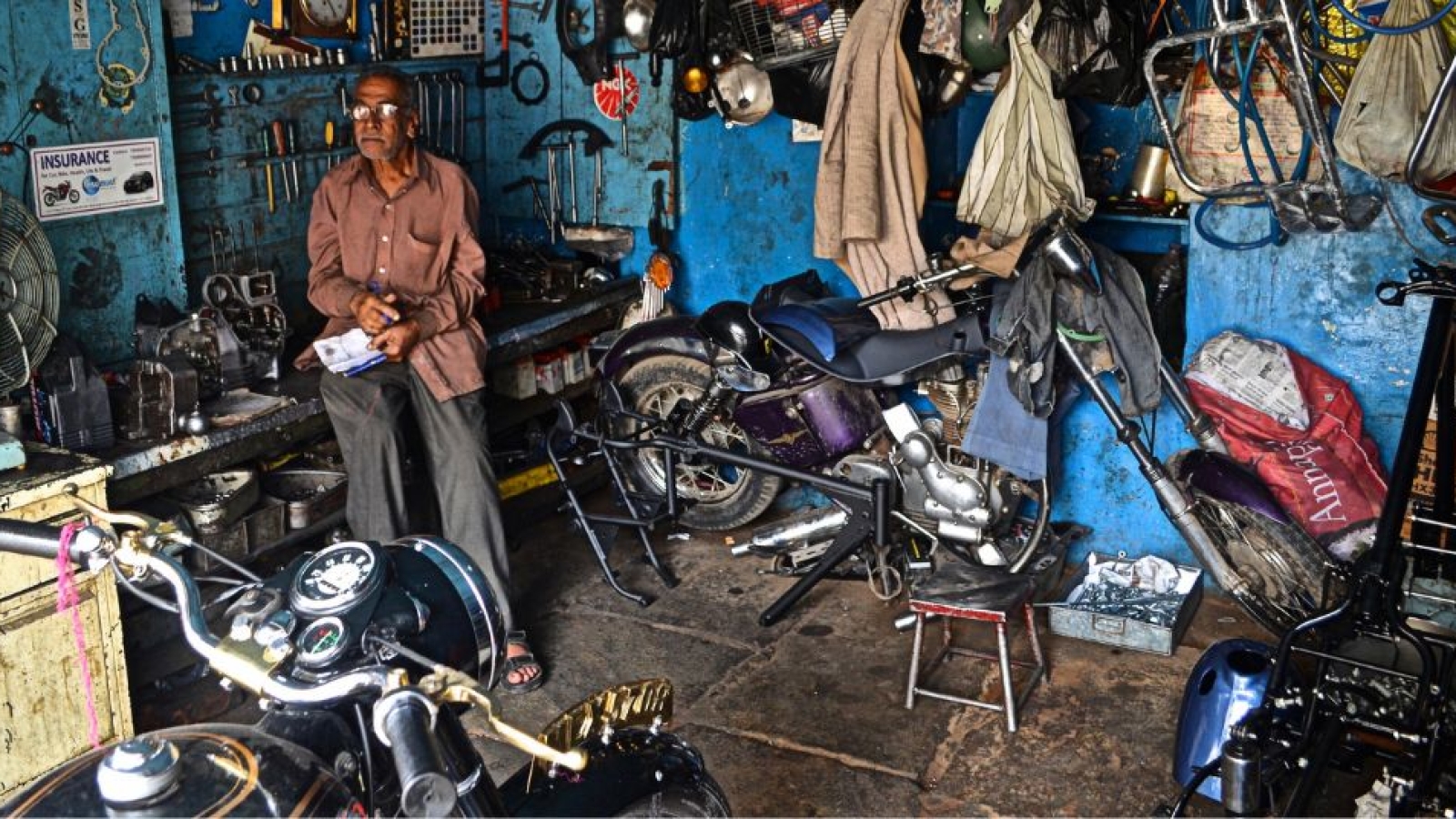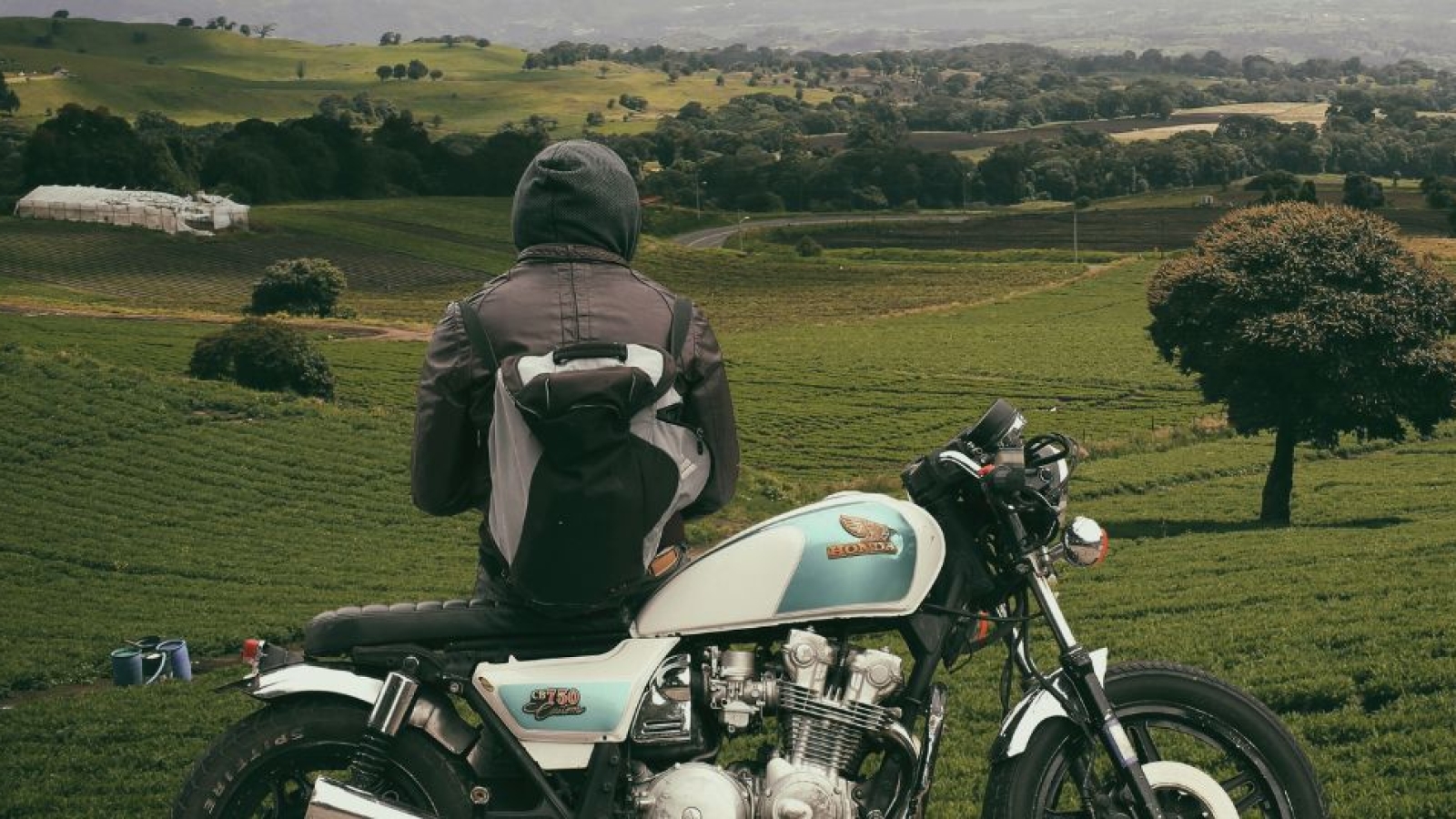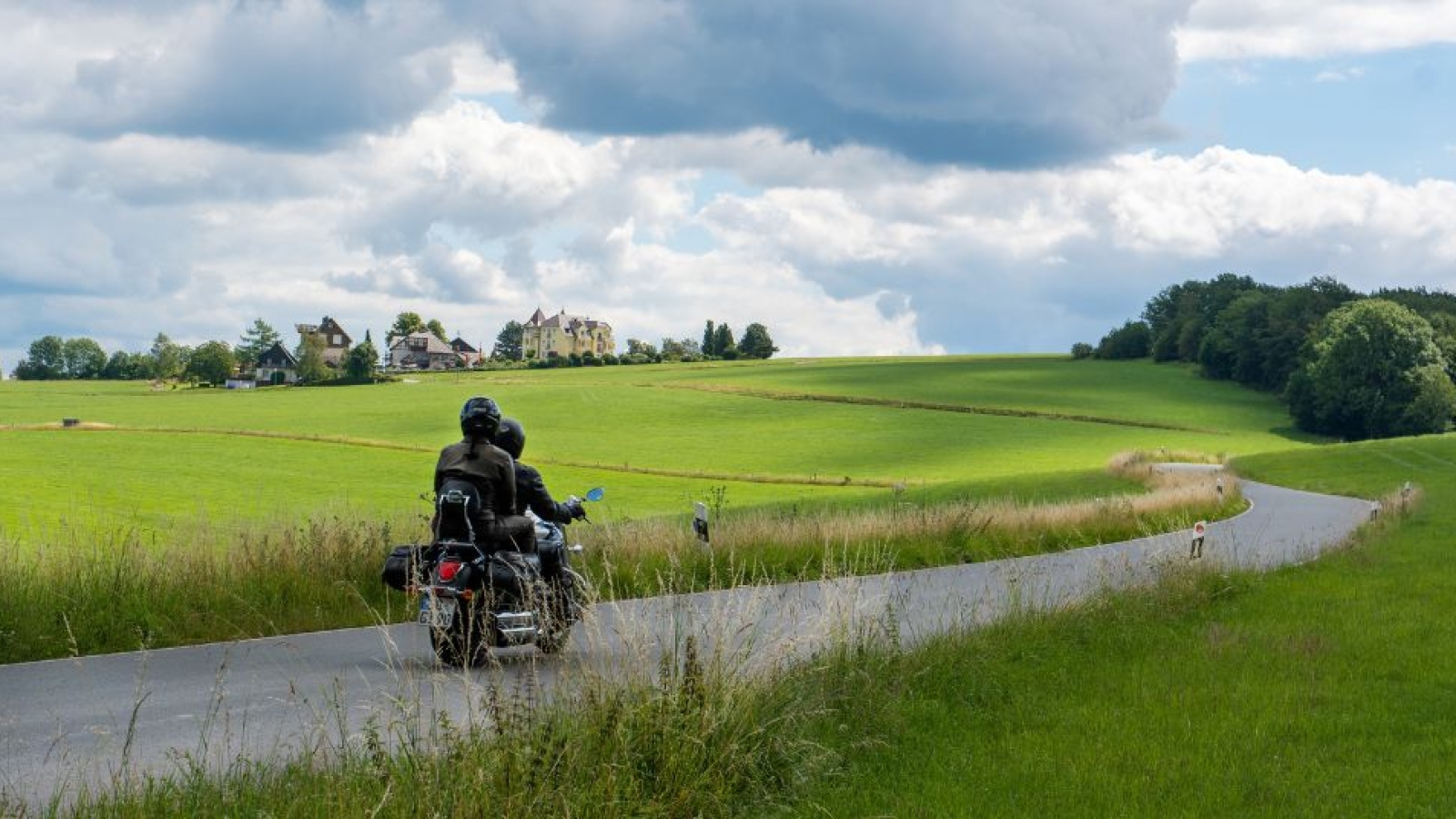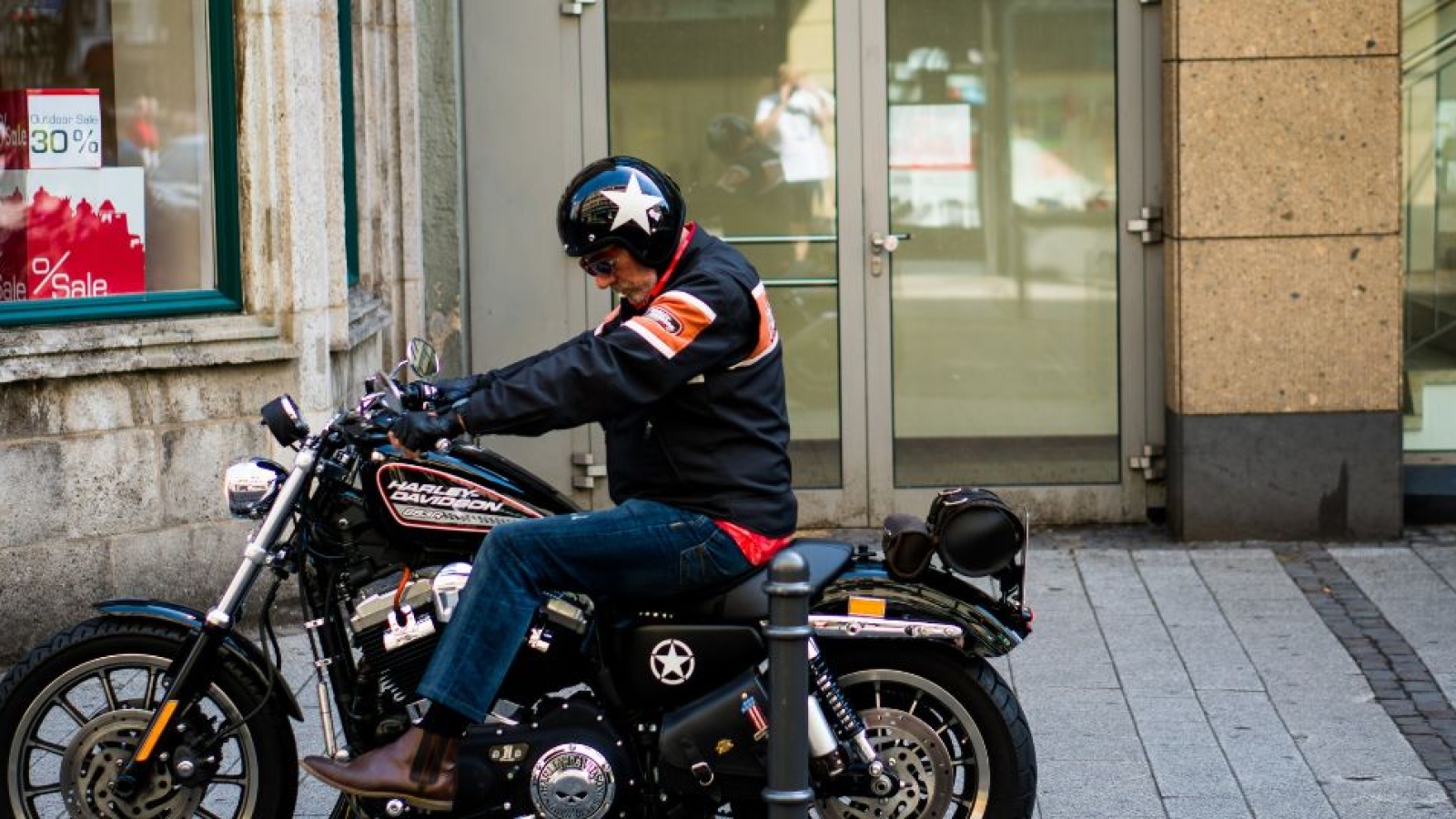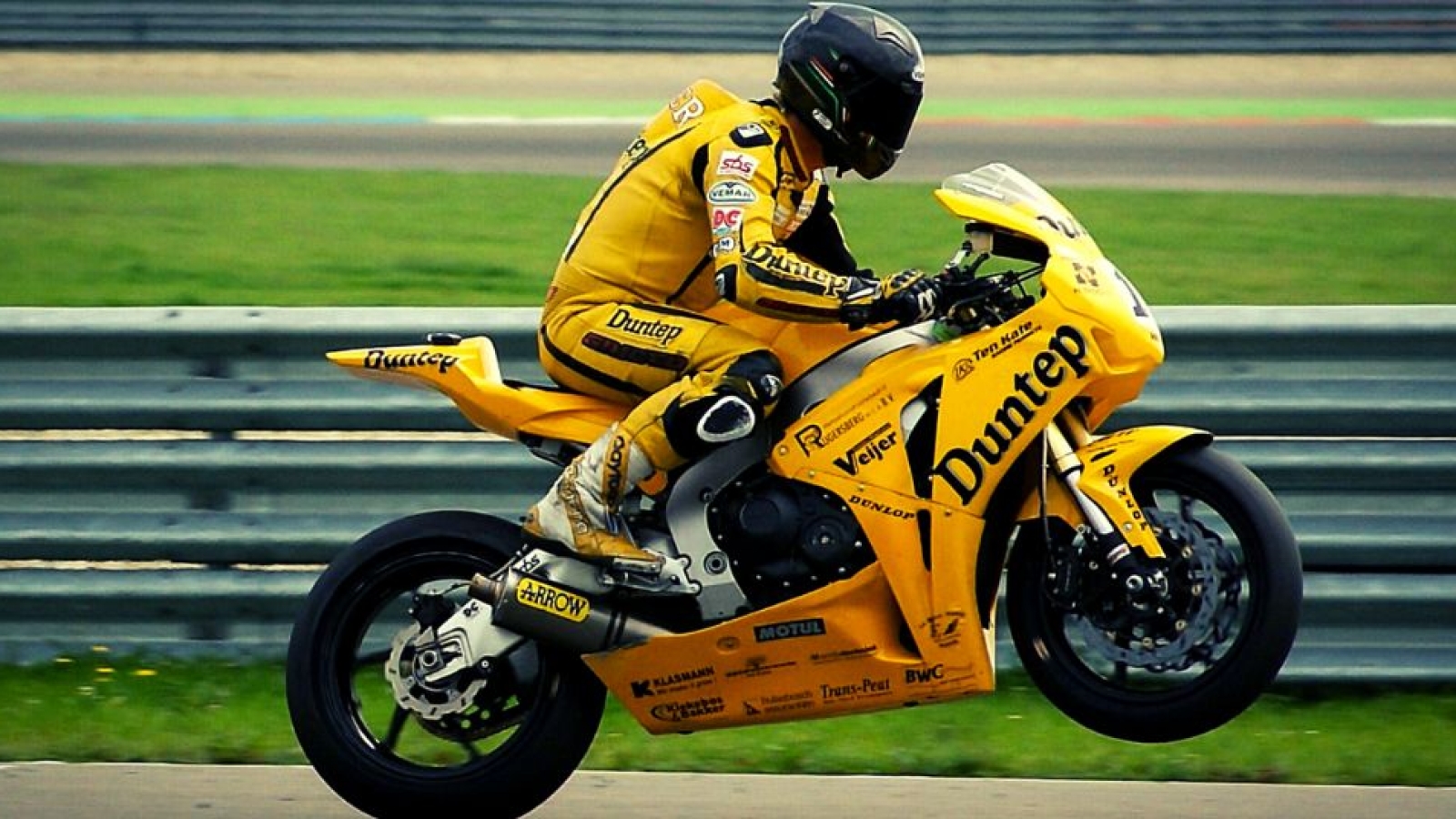
THE BEST MOUNTAIN PASSES
TO VISIT IN SWITZERLAND WITH THE MOTORCYCLE
The best mountain passes to visit in Switzerland with the motorcycle
When it comes to breathtaking views, there’s almost no match for Switzerland. People from all over the world visit Switzerland mainly for beautiful views and a memorable vacation. The country is blessed with many beautiful landscapes and many alpine terrains.
Switzerland is the right vacation spot for you if you are a mountain lover and a motorcyclist. And if you are thinking about a trip to Switzerland anytime soon, here is a list of a few breathtaking mountain passes in Switzerland.
1. The Great St. Bernard Pass
The Great St. Bernard Pass truly lives to its name; it is magnificent. The elevation there is 2469 m and the history of the Great St. Bernard Pass dates back to ancient Romans, who used it for commercial trade. It is a tourist attraction and is visited by thousands of people every year.
It is an ideal route for motorcyclists because the pass has such beautiful and scenic views that a slow ride across them will let you soak in the calmness of the place. If you plan to stay, the famous Great St. Bernard Hospice is the perfect pick. It also holds historical significance that dates back to Napolean’s era.
A tunnel through the mountain also aids travelers in the winter. However, you should avoid traveling in winter due to harsh weather conditions. The journey to the Great St. Bernard Pass starts in Zurich, Switzerland, and ends in Milan, Italy.

2. The Furka Pass
The magnificence of Furka Pass can be estimated from the fact that “Goldfinger” from the James Bond movie was filmed here. thanks to the dramatic scenes and views of glaciers, mountain tops, and forested areas.
Furka Pass is located at a height of 2429 m. The main attraction of Furka Pass, which attracts many tourists, is the Rhone Glacier. You can book a tour and walk the 100 m tunnel through the glacier if you are brave enough. It would be a once-in-a-lifetime experience since it takes almost one and a half hours to traverse without a break.
3. The Simplon Pass
The Simplon Pass is ideal if you are not experienced enough in motorcycling through mountain passes. The ride to it is pretty smooth and does not have many hindrances compared to other mountain passes in the country.
The roads curve around and cover the mountain. When you ride on these roads, you will have a one-of-its-kind experience that will stay with you forever. Ganter Bridge which is 150 m above the valley, is the main tourist attraction. Other than that, you can visit Simplon Hospice. Without any stops, your ride will total one hour through the pass on Route 9.
